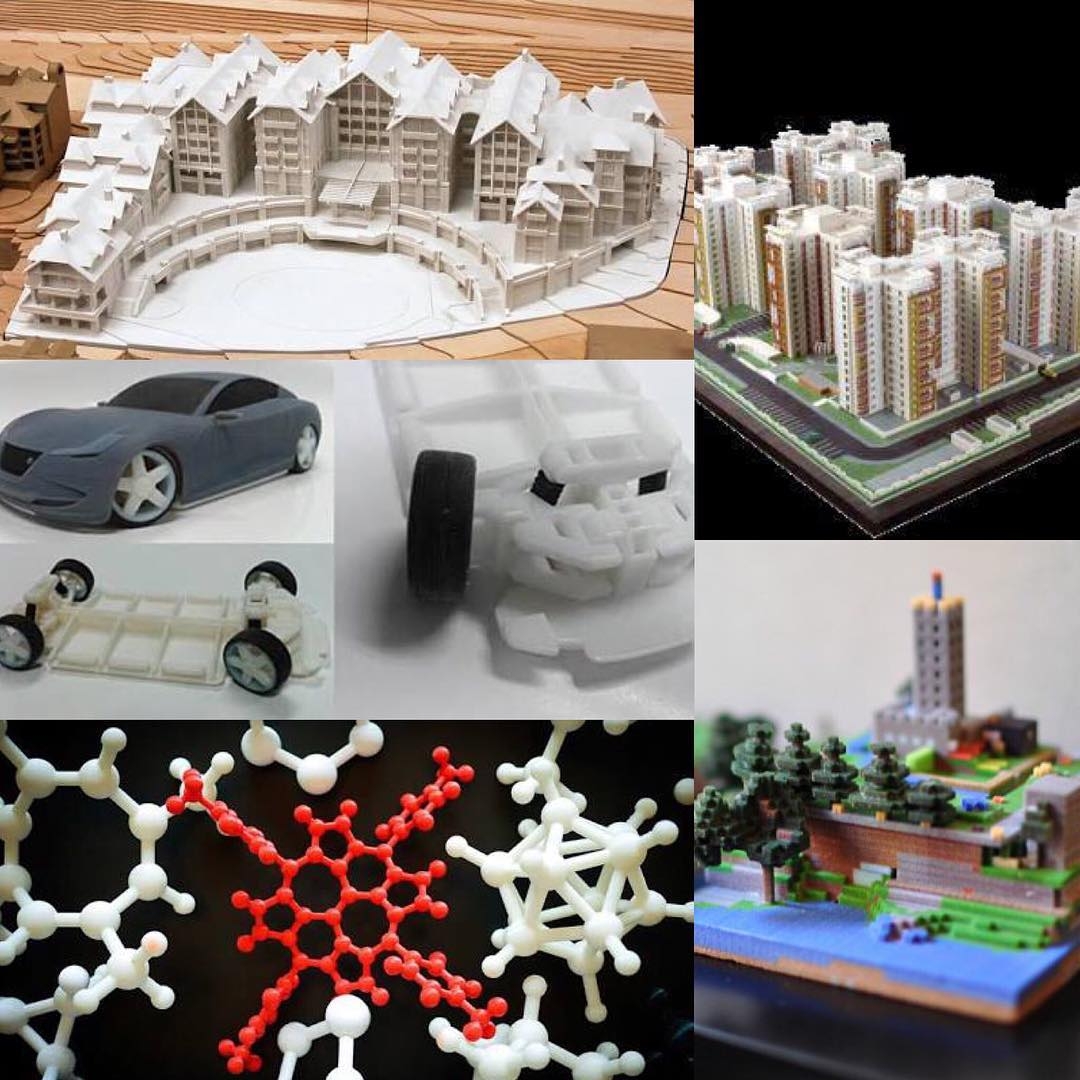3D printing has moved far beyond being a niche technology used only by large industries. Today, it is widely adopted in India by startups, engineers, architects, product designers, students, and even hobbyists. One of the most common questions people ask before getting started is about 3D printing cost in India. How much does it really cost? Is pricing calculated per hour, per material, or per gram? And where can reliable 3D printing services in Chennai be found?
This guide explains everything in simple terms—from 3D printing cost per gram in India to the factors that affect pricing and why Chennai has become one of the most active hubs for professional 3D printing services.
Understanding 3D Printing Cost in India
The 3D printing cost in India is not fixed. Unlike mass manufacturing, where unit costs drop with volume, 3D printing prices depend heavily on customization. Each model has different dimensions, material requirements, and printing time.
On average, basic 3D printing costs in India can start as low as ₹10–₹20 per gram for simple plastic prints and go up to ₹100 or even ₹300 per gram for advanced materials or industrial-grade prints. The variation exists because providers must consider material quality, machine usage, post-processing, and design complexity.
For small prototypes, educational models, or simple parts, 3D printing remains one of the most affordable manufacturing methods available today in India.
How 3D Printing Cost Per Gram Works in India
One of the most popular pricing methods used by service providers is 3D printing cost per gram in India. This approach makes pricing more transparent, especially for customers who are printing smaller or lightweight components.
Here’s how it typically works:
-
The final 3D model is measured digitally before printing
-
The total material weight (in grams) is calculated
-
A per-gram rate is applied based on the selected material
-
Additional charges may apply for finishing or design work
For example, if a model weighs 100 grams and the material cost is ₹20 per gram, the base printing cost would be ₹2,000.
This method benefits customers because they pay primarily for what they use, making it ideal for prototypes, replacements, and custom parts.
Average 3D Printing Cost Per Gram in India (By Material)
While prices vary across vendors and cities, the following estimates give a general idea of 3D printing cost per gram in India:
-
PLA / ABS: ₹10–₹25 per gram
-
PETG / TPU (flexible): ₹20–₹40 per gram
-
Nylon: ₹40–₹70 per gram
-
Resin (SLA): ₹35–₹80 per gram
-
Industrial or specialty materials: ₹80–₹300 per gram
These rates usually include standard printing but may exclude finishing processes such as polishing, painting, or support removal.
Factors That Affect 3D Printing Cost in India
Several elements influence the overall 3D printing cost in India, regardless of the pricing model:
1. Material Type
Different materials have different strengths, durability, and manufacturing costs. Engineering-grade and flexible materials are more expensive than standard plastics.
2. Model Complexity
Highly detailed models, thin walls, internal structures, or overhangs require more printing time and support material, increasing costs.
3. Printing Time
Longer prints consume more electricity and machine time, which impacts pricing, especially for industrial printers.
4. Post-Processing Work
Sanding, curing, painting, or assembling multiple parts adds to the final cost.
5. Print Quantity
Bulk prints often receive discounts, while single custom prints usually cost more per unit.
Why Chennai Is a Key Hub for 3D Printing Services
In recent years, 3D printing services in Chennai have grown significantly. The city’s strong presence in manufacturing, automotive, aerospace, healthcare, and technology sectors has driven demand for rapid prototyping and custom production.
Chennai offers several advantages:
-
Skilled engineers and designers
-
Access to industrial-grade 3D printers
-
Faster turnaround times
-
Competitive pricing compared to many metro cities
Because of its industrial ecosystem, Chennai is an ideal place for both startups and established companies to access professional 3D printing solutions.
Types of 3D Printing Services in Chennai
Most 3D printing services in Chennai cater to a wide range of industries and use cases, including:
-
Product prototyping and design validation
-
Industrial and mechanical parts
-
Architectural scale models
-
Medical and dental components
-
Educational and research projects
-
Custom consumer products
Many service providers also assist with design optimization to reduce material usage and lower the overall 3D printing cost in India.
How to Reduce Your 3D Printing Cost in India
If you are budget-conscious, there are several ways to lower your 3D printing expenses:
-
Optimize your 3D model to reduce unnecessary thickness
-
Choose cost-effective materials for early prototypes
-
Hollow out large models where possible
-
Print multiple parts together if supported
-
Work with experienced 3D printing services in Chennai for design guidance
Small adjustments at the design stage can significantly reduce 3D printing cost per gram in India without sacrificing functionality.
Is 3D Printing Worth the Cost in India?
For custom parts, one-off components, and rapid prototyping, 3D printing is extremely cost-effective. While it may not replace mass manufacturing, it saves time, tooling costs, and development expenses.
As technology continues to improve and local suppliers become more competitive, 3D printing cost in India is gradually decreasing, making it accessible to a broader audience.
Final Thoughts
Understanding 3D printing cost per gram in India helps you plan your projects better and avoid surprises. With transparent pricing, growing expertise, and advanced infrastructure, 3D printing services in Chennai are well-positioned to support startups, professionals, and industries alike.
Whether you are building a prototype, replacing a component, or experimenting with a new product idea, 3D printing in India offers flexibility, speed, and affordability that traditional manufacturing simply cannot match.







